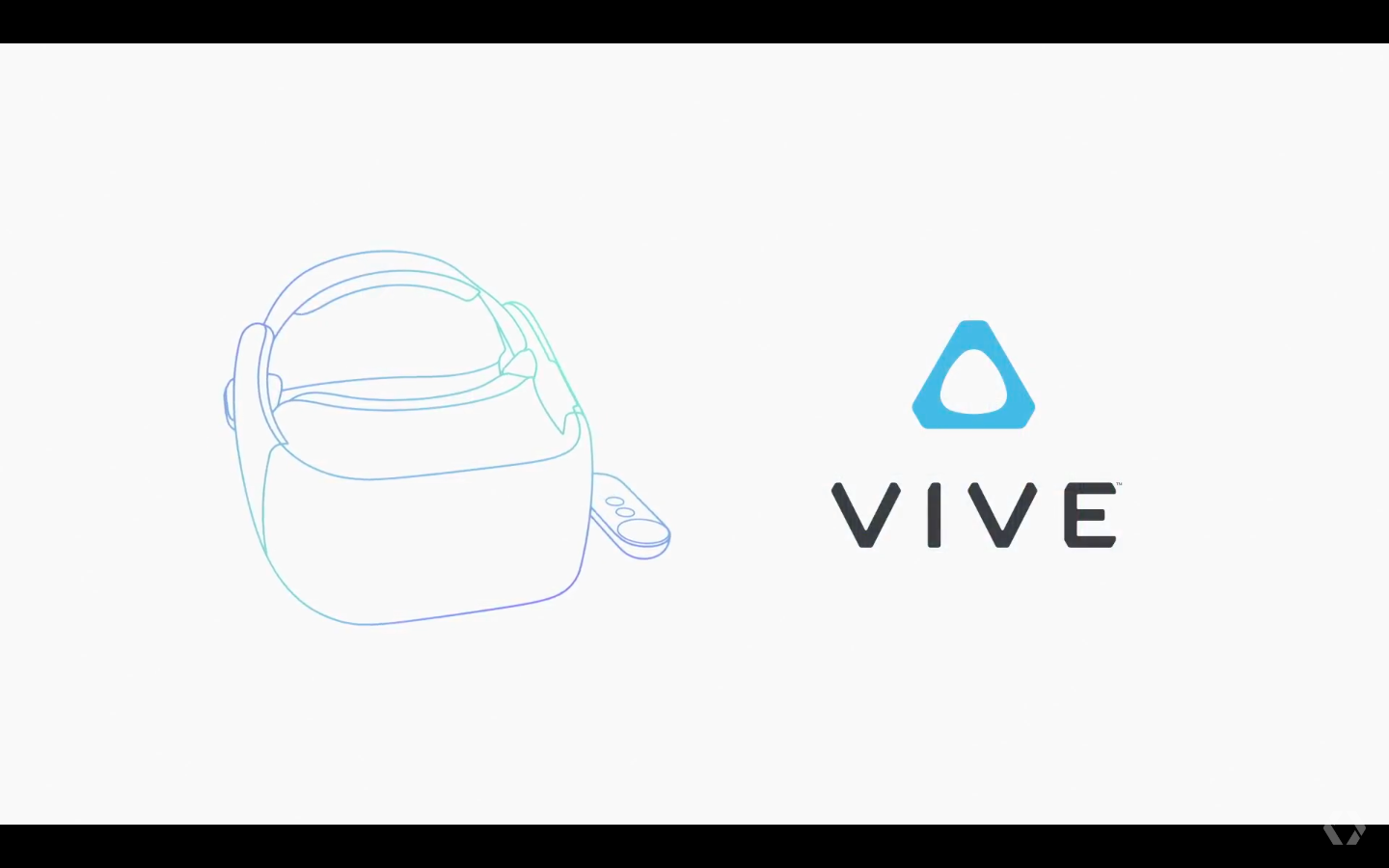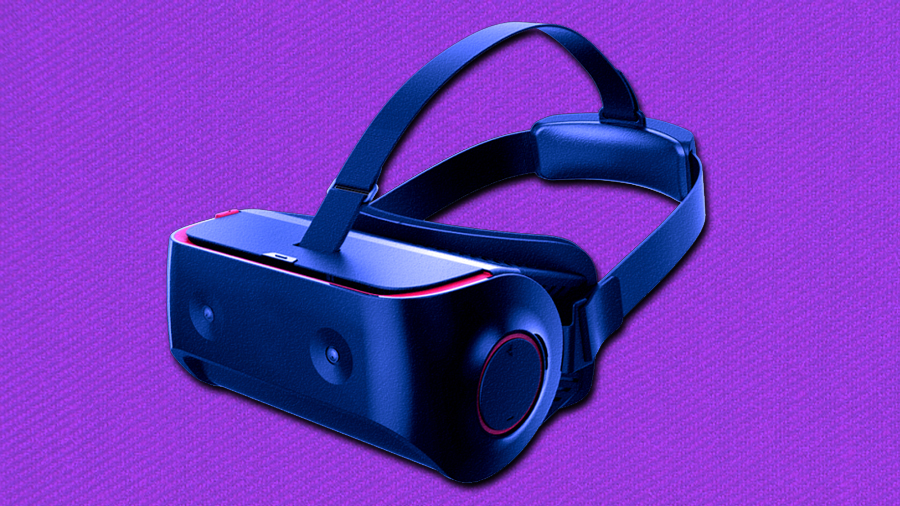Google Daydream VR no longer requires a phone
Qualcomm assists with a reference design headset

Google is making its Daydream VR platform available to standalone devices, the company announced today at the Google IO 2017 conference.
It's doing so in large part thanks to a partnership with chip giant Qualcomm, and the two have created a Daydream reference design VR headset, one that will allow manufacturers to develop their own standalone headsets based on the tech.
Google is also partnering with HTC and Lenovo to develop the first standalone Daydream VR headsets, and those will be available later this year. We already have details on HTC Vive standalone headset, and it will be the first to go cable and free with Google's Daydream platform.

As standalone headsets, users won't need a cable, PC or inserted phone to experience VR.
Based on Qualcomm's Snapdragon 835 VR platform, the reference design headset will "enable manufacturers to build a whole new category of VR devices", Clay Bavor, vice president of virtual reality at Google, said.

While specifics are scarce, the reference design headset is self-contained, with all the tech needed to power VR in a pick-up-and-go form factor.
Manufacturers will be able to tap WorldSense tracking, essentially Google's version of six-degrees-of-freedom tracking, custom-spec'd tracking cameras and sensors with Tango-based tracking.
Get daily insight, inspiration and deals in your inbox
Sign up for breaking news, reviews, opinion, top tech deals, and more.
Because there's no phone involved and all the sensors, gyroscope and cameras are contained inside the headsets, latency should be reduced, providing for a better overall experience.
This is a big move for Google's Daydream VR platform as it now can be incorporated in standalone headsets from multiple partners. This marks the first time the VR platform is coming to headsets that don't require a wire or smartphone to operate, and should provide for a mobile experience that's still incredibly immersive.
- Don't miss a minute of the action with our Google IO 2017 liveblog!
Michelle was previously a news editor at TechRadar, leading consumer tech news and reviews. Michelle is now a Content Strategist at Facebook. A versatile, highly effective content writer and skilled editor with a keen eye for detail, Michelle is a collaborative problem solver and covered everything from smartwatches and microprocessors to VR and self-driving cars.
